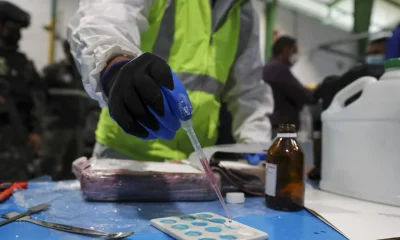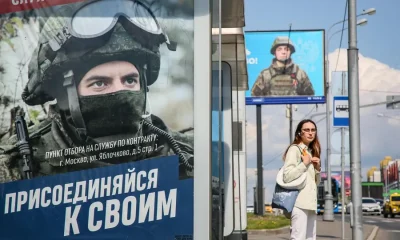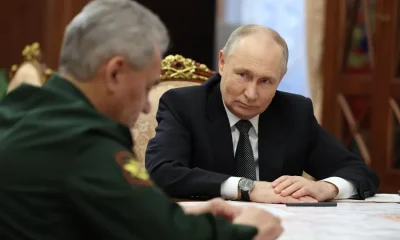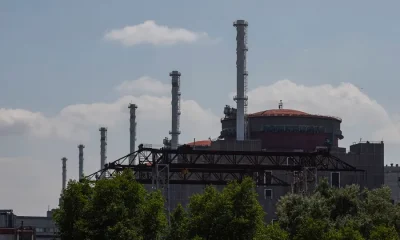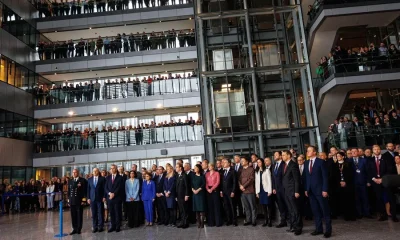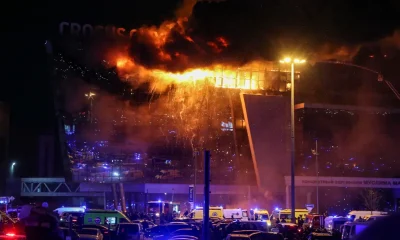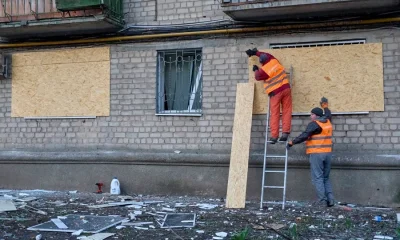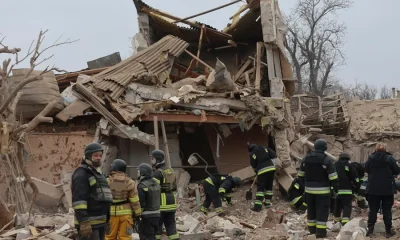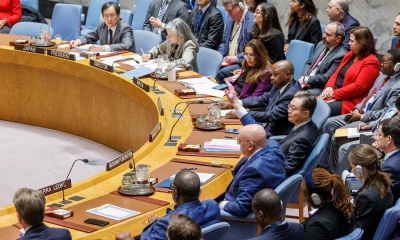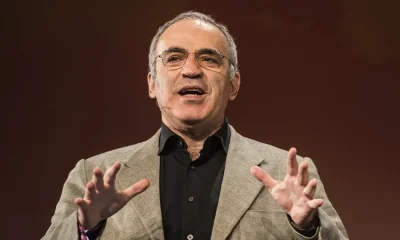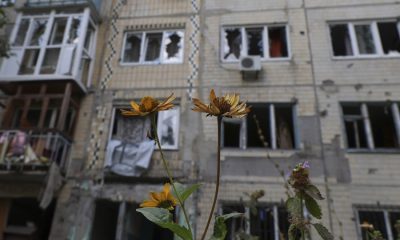International
Researcher points to Russia as responsible for the “Havana syndrome”
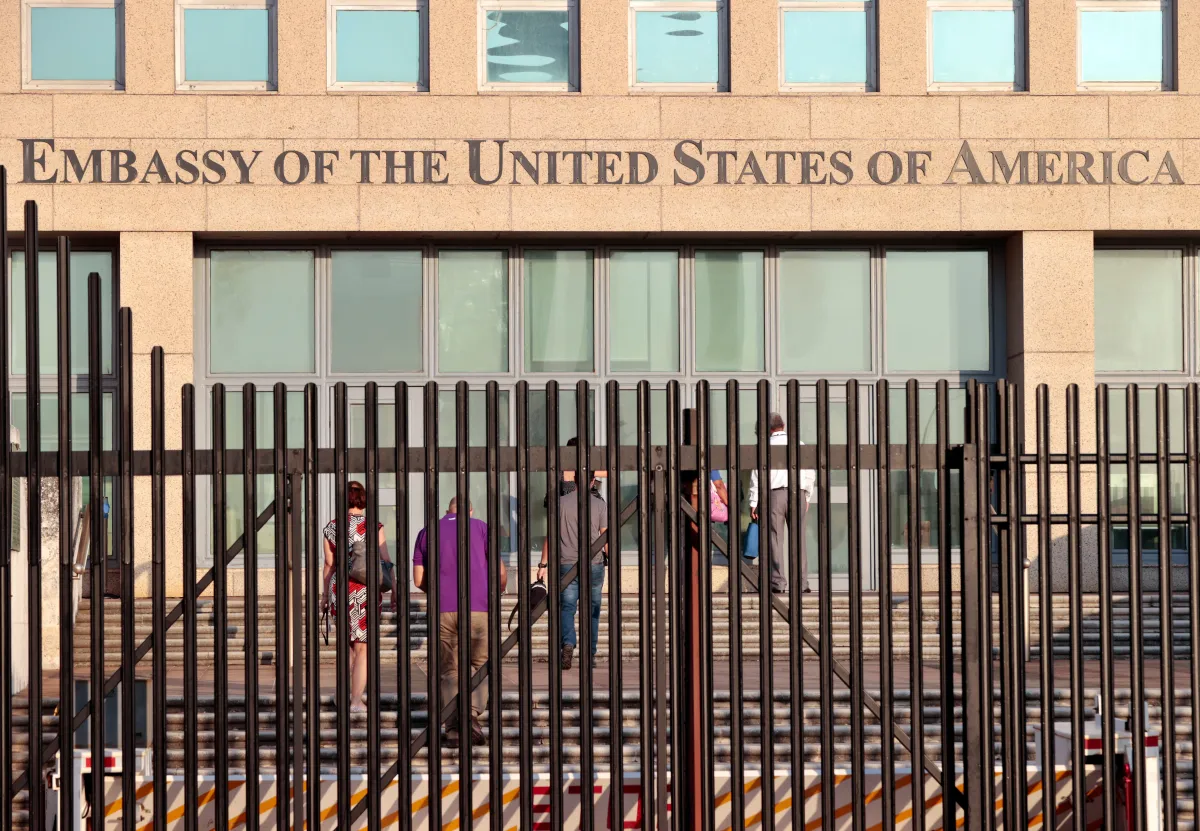
A former U.S. military investigator believes that health incidents known as “Havana syndrome” have been the result of attacks by Russia, according to the results of an investigation issued by the 60 Minutes program.
The report comes out as a result of a joint investigation by the CBS television network, the Russian media outlet The Insider, and the German magazine Der Spiegel.
Retired Army Lieutenant Colonel Greg Edgreen, who handled the Pentagon’s investigation into what the United States officially describes as “anomalous health incidents,” said on the 60 Minutes program that the affected officials received an attack from Russia.
More than 200 American diplomats and relatives destined for different countries have suffered symptoms of the so-called “Havana syndrome,” which was first detected in the Cuban capital in 2016 and would manifest with dizziness, nausea, hearing problems or migraines.
A little more than a year ago, the United States intelligence concluded that it was “very unlikely” that a foreign adversary will provoke the so-called “Havana syndrome.”
Edgreen told CBS that, in the investigation, the criterion for validating the evidence was very strict because the government does not want to accept realities such as the possible omission in its duty to protect Americans.
“Unfortunately, I can’t give the details, due to the classification,” he added. “But I can tell you that from very early (in research) I began to focus on Moscow.”
Edgreen said that the affected officials have excelled in their performance and “there was constantly a Russian link.”
According to the former soldier, “they worked against Russia, focused on Russia, and they did it extremely well.”
The then-President Donald Trump (2017-2021) decided following the detection of these health incidents to suspend consular services in Havana in 2017 and minimize diplomatic staff on the island.
Havana has denied any responsibility and set up a commission of experts that found no scientific or criminal evidence that linked the symptoms to possible sonic attacks, microwaves or other deliberate action.
The Insider, for its part, published the testimony of Mar Polymeropoulos, identified as a former operations officer in the Central Intelligence Agency (CIA), with assignments in places such as Baghdad and Kabul, and who suffered the symptoms related to “Havana syndrome” after a trip to Moscow in 2017.
The symptoms, according to this report, corresponded to the “Havana syndrome,” and for years Polymeropoulos had to struggle with his employer to access the medical care that his condition demanded.
60 Minutes indicated that, according to several of its informants last year, when President Joe Biden attended a North Atlantic Treaty Organization summit in Lithuania, a high-ranking official in the Pentagon became ill.
Edgreen pointed out that, in his opinion, “that indicates that there are no barriers to what Moscow will do, or who it will attack and that, if we do not face this head-on, the problem will get worse.”
A senior official of the United States Department of Defense who attended the NATO summit in Vilnius (Lithuania) in 2023 experienced strange symptoms similar to those of the so-called ‘Havana syndrome’, the Pentagon confirmed on Monday.
“I can confirm that a senior official of the Department of Defense experienced symptoms similar to those reported in other instances,” Sabrina Singh, one of the Pentagon’s spokespersons, said on Monday during a press conference.
The official, whose identity was not revealed, was not part of the official delegation of the Secretary of Defense, Lloyd Austin, at the NATO summit in Vilnius, but attended “separately, meetings that were part of the summit,” the spokeswoman explained.
Singh did not specify what type of symptoms the affected person suffered, citing medical privacy.
International
Police investigate deaths of Rob Reiner and wife as apparent homicide

The Los Angeles Police Department (LAPD) is investigating the deaths of Hollywood actor and filmmaker Rob Reinerand his wife as an “apparent homicide,” amid a wave of tributes to the director of classics such as When Harry Met Sally.
According to U.S. media reports on Sunday, Rob Reiner and Michele Singer Reiner were found dead at their Los Angeles mansion with what appeared to be stab wounds.
Several political figures shared messages of condolence following the reported deaths of the director of A Few Good Menand his wife.
While the LAPD did not officially confirm the identities of the victims, it stated that homicide detectives were dispatched to the Reiner residence.
“At this time, no additional details are available and the investigation into an apparent homicide is ongoing,” the Los Angeles Police Department said in a statement posted on social media.
LAPD Deputy Chief Alan Hamilton told reporters that no arrests have been made and that no individuals are currently being questioned as suspects.
“I’m not going to confirm whether anyone is being questioned at this moment or not. We are going to try to speak with as many family members as we can,” Hamilton said.
CNN reported that a family spokesperson confirmed the deaths of Reiner and his wife.
California Governor Gavin Newsom, former U.S. President Barack Obama, and former Vice President Kamala Harrisissued statements expressing their condolences.
International
U.S. and Mexico Reach Deal to Address Water Deficit Under 1944 Treaty
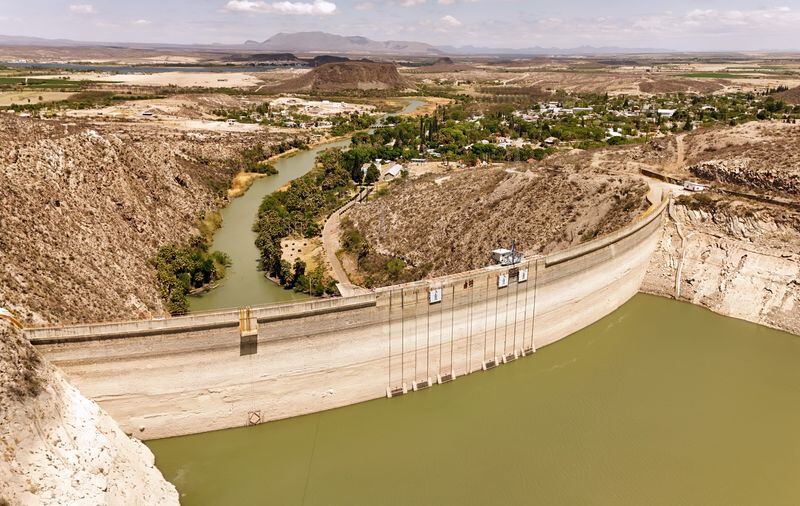
The United States and Mexico have reached an agreement to comply with current water obligations affecting U.S. farmers and ranchers and for Mexico to cover its water deficit to Texas under the 1944 Water Treaty, the U.S. Department of Agriculture said in a statement.
The department уточified that the agreement applies to both the current cycle and the water deficit from the previous cycle.
On Monday, U.S. President Donald Trump accused Mexico of failing to comply with the water-sharing treaty between the two countries, which requires the United States to deliver 1.85 billion cubic meters of water from the Colorado River, while Mexico must supply 432 million cubic meters from the Rio Grande.
Mexico is behind on its commitments. According to Washington, the country has accumulated a deficit of more than one billion cubic meters of water over the past five years.
“This violation is severely harming our beautiful crops and our livestock in Texas,” Trump wrote on Monday.
The Department of Agriculture said on Friday that Mexico had agreed to supply 250 million cubic meters of water starting next week and to work toward closing the shortfall.
Agriculture Secretary Brooke Rollins, quoted in the statement, said Mexico delivered more water in a single year than it had over the previous four years combined.
Trump has said that if Mexico continues to fall short of its obligations, the United States reserves the right to impose 5% tariffs on imported Mexican products.
Mexico’s Deputy Foreign Minister for North America, Roberto Velasco, said that a severe drought in 2022 and 2023prevented the country from meeting its commitments.
International
Several people shot in attack on Brown University campus

Several people were shot on Saturday in an attack on the campus of Brown University, in the northeastern United States, local police reported.
“Shelter in place and avoid the area until further notice,” the Providence Police Department urged in a post on X. Brown University is located in Providence, the capital of the state of Rhode Island.
U.S. President Donald Trump said on his social media platform Truth Social that he had been briefed on the situation and that the FBI was on the scene.
At 5:52 p.m. local time (11:52 p.m. GMT), Brown University said the situation was still “ongoing” and instructed students to remain sheltered until further notice.
After initially stating that the suspect had been taken into custody, Trump later posted a second message clarifying that local police had walked back that information. “The suspect has NOT been apprehended,” the U.S. president said.
-
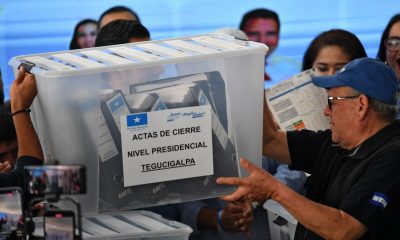
 Central America4 days ago
Central America4 days agoHonduras election crisis deepens as CNE president denounces intimidation attempts
-

 International4 days ago
International4 days agoCuba battles out-of-control dengue and chikungunya epidemic as death toll rises to 44
-
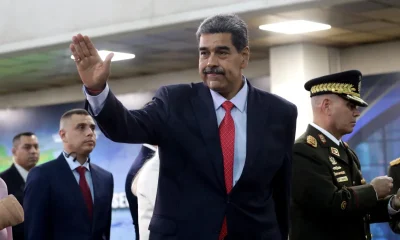
 International4 days ago
International4 days agoColombia says it would not reject Maduro asylum request as regional tensions escalate
-

 International1 day ago
International1 day agoPolice investigate deaths of Rob Reiner and wife as apparent homicide
-

 Central America2 days ago
Central America2 days agoPanama seizes over three tons of drugs hidden in Caribbean port container
-

 International3 days ago
International3 days agoSeveral people shot in attack on Brown University campus
-

 Central America1 day ago
Central America1 day agoOAS urges swift recount in Honduras as election results remain uncertain
-
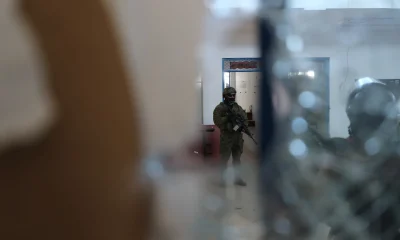
 International4 days ago
International4 days agoEcuador on track for record violence as homicides hit highest level in Latin America again
-

 International3 days ago
International3 days agoU.S. and Mexico Reach Deal to Address Water Deficit Under 1944 Treaty
-
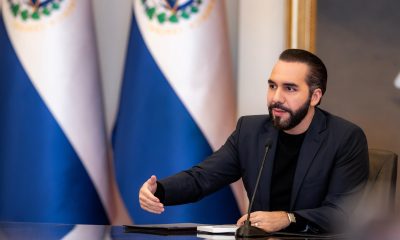
 Central America1 hour ago
Central America1 hour agoBukele says AI partnership with xAI will transform public education in El Salvador
-

 Central America1 hour ago
Central America1 hour agoEl Salvador ranks among top countries in the Americas in fight against organized crime



























